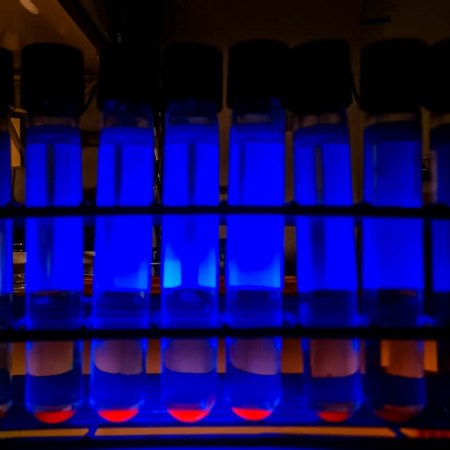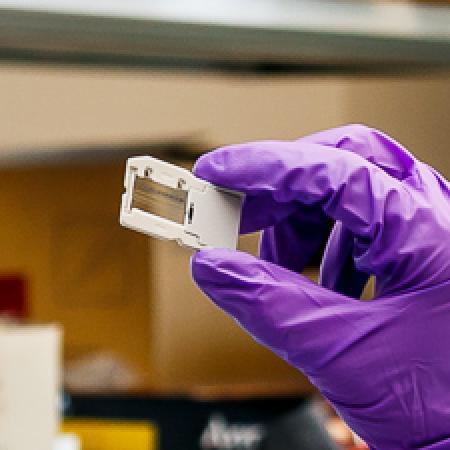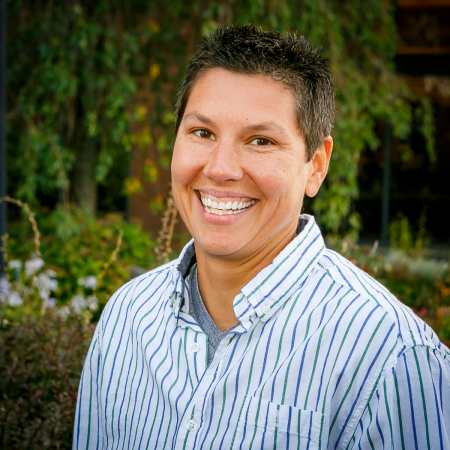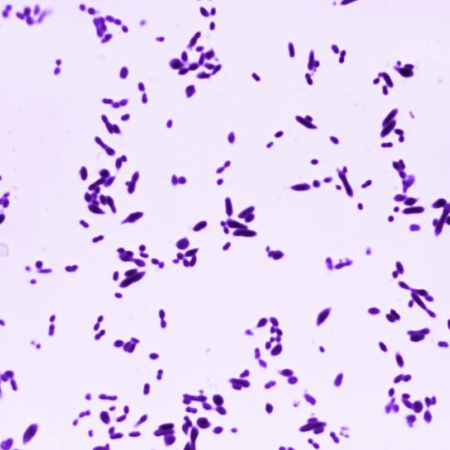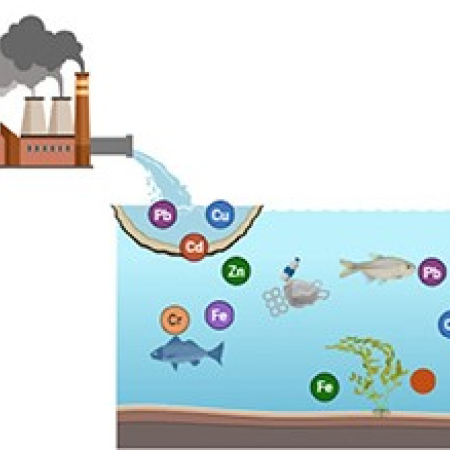Wadsworth’s Participation in Newborn Screening Pilot Study Recognized in JAMA “Research of the Year” Roundup
The Journal of the American Medical Association (JAMA) has recognized the GUARDIAN study as one of the nine most impactful, newsworthy, or novel research studies published in the past year. This distinction places GUARDIAN among JAMA’s annual “Research of the Year” selections, highlighting its significance to medicine and public health.
READ MORE about Wadsworth’s Participation in Newborn Screening Pilot Study Recognized in JAMA “Research of the Year” Roundup 


